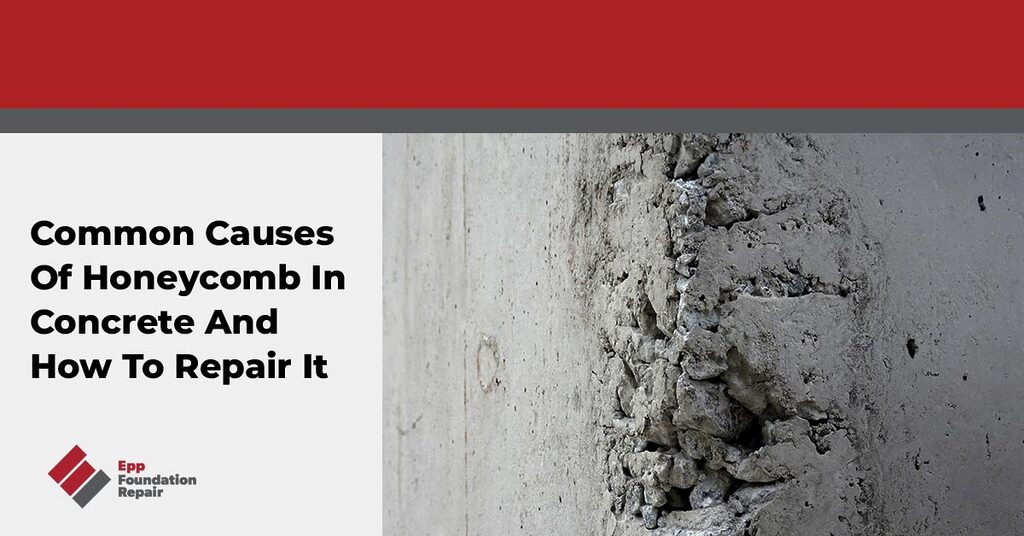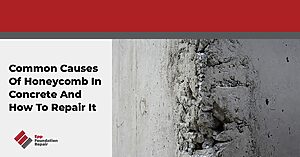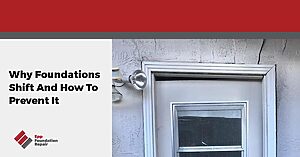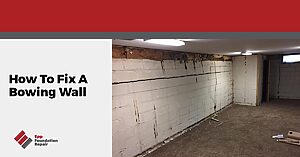Concrete is a popular construction material known for its versatility and durability. However, it has some flaws. One such ironically unsweet issue is honeycombing. But what exactly is honeycomb concrete, what causes it, how does it affect your home, and how can homeowners fix it? This article will answer your questions and provide tips on ensuring your home’s foundation remains solid and durable.
What Is Honeycomb Concrete?
Honeycomb concrete refers to the voids and gaps on the surface or inside the concrete structure, resembling a honeycomb pattern. These voids most commonly occur due to improper compaction or the presence of air pockets during the pouring process. Honeycomb concrete can be categorized into three types:
- Small honeycombs are minor voids that might not pose significant structural risks but can still affect the aesthetics and durability of the concrete.
- Medium honeycombs are larger voids that may compromise the surface integrity and require attention to prevent further damage.
- Large honeycombs are substantial voids that can severely impact the structural integrity of the concrete, requiring immediate repair.
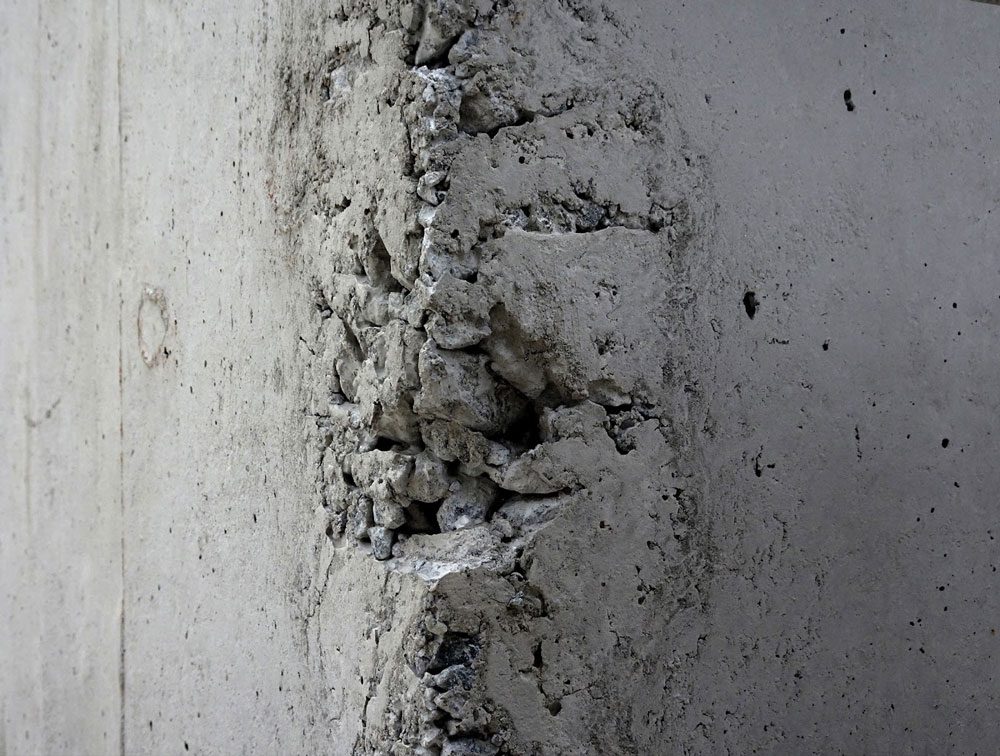
Understanding these types will help homeowners determine the severity of the issue and take appropriate action.
What Causes Concrete To Honeycomb?
Several factors contribute to the formation of honeycombs in concrete:
- Poor mixing quality: When the mixing process is not thorough, the materials—such as cement, sand, aggregates, and water—do not blend evenly. This uneven distribution can create weaker areas within the concrete, developing voids and honeycombs. Consistent and thorough mixing ensures uniformity and strength in concrete structures.
- Inadequate compaction: Compaction is a critical step in concrete placement, as it helps to remove entrapped air, ensures that the concrete fills all spaces within the formwork, and creates a dense and solid concrete mass. Insufficient compaction allows air pockets to remain, creating voids that manifest as honeycombs.
- Improper pouring techniques: Pouring concrete requires a steady and even distribution to avoid gaps and voids. If the concrete is poured too quickly, unevenly, or from a significant height, it can segregate or flow away from specific areas, leading to honeycombs. Carefully pouring in layers and avoiding long drops helps ensure the concrete is evenly distributed and compacted.
- Use of overly dry mix: A concrete mix that is too dry lacks sufficient moisture to achieve proper compaction and a smooth finish. Dry mixes are more challenging to work with and can result in incomplete formwork filling, leaving voids. Adjusting the water-to-cement ratio to achieve the right consistency is crucial for preventing honeycombs and ensuring workability.
- Insufficient vibration: Vibration is used during the pouring process to help remove trapped air and ensure the concrete settles into all formwork areas. Inadequate vibration fails to eliminate these air pockets, resulting in voids and honeycombs. Appropriate vibration techniques and equipment are essential for achieving a dense, homogenous concrete structure.
- Improper curing: Curing is the process of maintaining adequate moisture, temperature, and time to allow the concrete to achieve its desired properties and strength. If the curing process is neglected or performed inadequately, the concrete may lose moisture too rapidly or unevenly, leading to shrinkage cracks and honeycombs.
- Poor formwork: Formwork provides the mold in which concrete is poured and shaped. If the formwork is poorly constructed, it can lead to leakage of the concrete mixture, misalignment, and ineffective containment of the poured concrete. Uneven or poorly sealed formwork can cause concrete to seep out, leaving voids and gaps that result in honeycombs. Ensuring the formwork is robust, well-sealed, and correctly aligned is crucial to avoid honeycombing and achieve a smooth surface finish.
- Improper use of reinforcements: Reinforcements such as steel bars or mesh strengthen concrete structures and help them withstand various stresses. Incorrect placement or use of these reinforcements can lead to honeycombing. For instance, if the reinforcements are not adequately secured, they may shift during the pouring process, creating areas where the concrete cannot fill the formwork. Additionally, overcrowded reinforcements can obstruct the concrete flow, resulting in voids. Ensuring proper spacing, securement, and design of reinforcements is critical to avoid the formation of honeycombs and maintain the structural integrity of the concrete.
Understanding and addressing these causes are crucial for preventing honeycombs and ensuring the robustness and durability of concrete structures.
What Are The Disadvantages Of Honeycomb In Concrete?
Honeycombing in concrete is often a more cosmetic than structural issue, especially if the honeycombs are small and only cover a small surface area. However, even small areas of honeycombing can lead to further problems and medium or large honeycombs can pose more significant threats to a structure. Consider some of the issues that may present themselves over time:
- Reduced Structural Integrity: Honeycombing creates weakened areas within the concrete, diminishing its ability to bear loads effectively. These voids and gaps compromise the overall strength and durability of the structure, potentially leading to failure under stress or over time.
- Increased Permeability: Honeycombed concrete’s porous nature allows water, chemicals, and other harmful substances to penetrate the surface. This infiltration can lead to the corrosion of reinforcing steel bars, cracks, and spalling, further weakening the structure and accelerating the degradation process.
- Compromised Aesthetics: The presence of honeycombs results in an uneven, unattractive appearance on the concrete surface. Honeycombing detracts from the construction’s visual appeal and can indicate underlying structural issues that need attention.
- Potential Safety Hazards: Extensive honeycombing, especially in critical structural components such as beams, columns, and load-bearing walls, can pose serious safety risks. These weakened areas may cause unexpected structural failures, endangering the lives of occupants and the integrity of the building.
These disadvantages highlight the importance of promptly addressing honeycombing issues to maintain concrete structures’ strength, durability, and appearance. Mitigating honeycombing involves ensuring proper concrete mixing, placement, and compaction techniques, as well as thorough inspections and timely repairs to prevent long-term damage and ensure structural safety.
How Much Honeycombing Is Allowed In Concrete?
While some minor honeycombing might be acceptable, it’s essential to assess the extent and location of the voids. Generally:
- Small honeycombs on the surface that do not affect the structural integrity can be tolerated.
- Medium honeycombs require repair to prevent further deterioration and maintain the concrete’s durability.
- Large honeycombs are unacceptable and must be repaired immediately to ensure the safety and longevity of the structure.
Consulting with a structural engineer or professional contractor can help homeowners determine the acceptable level of honeycombing and the necessary repairs.
How To Prevent Concrete from Honeycombing
Preventing honeycombing involves several best practices during the construction process:
- Ensure thorough mixing to achieve a uniform consistency of the concrete.
- Properly compact the concrete using mechanical vibrators to eliminate air pockets and ensure a dense, solid structure.
- Use appropriate pouring techniques to distribute the concrete evenly and avoid gaps.
- Maintain the correct water-cement ratio to achieve the desired workability and compaction.
- Regularly inspect and adjust the pour to address any issues promptly and maintain the quality of the concrete.
- Plan proper reinforcement placement to prevent obstructing the concrete’s flow during pouring or shifting during curing.
- Ensure formwork is sound to prevent concrete seepage and the creation of voids.
- Regulate the concrete curing process to ensure a smooth and durable slab.
Implementing these preventive measures can significantly reduce the risk of honeycombing and ensure a strong, durable concrete structure.
How To Fix Honeycombing In Concrete
If honeycombing occurs, it must be repaired promptly to prevent further damage and restore the strength and appearance of the concrete, ensuring its longevity and performance. While small areas may be able to be fixed by DIY enthusiasts, hiring a professional for concrete repair services for medium or large honeycombing is imperative for ensuring a reliable fix. Here are the general steps involved in repairing honeycombing in concrete:
- Clean the affected area by removing any loose or damaged concrete and debris.
- Apply a bonding agent to ensure proper adhesion between the existing concrete and the repair material.
- Fill the voids and restore the integrity of the concrete using a suitable repair material, such as non-shrink grout or epoxy mortar.
- Compact the repair material properly to eliminate air pockets and achieve a smooth finish.
- Cure the repaired area by keeping it moist and protected from extreme temperatures to ensure proper hardening and bonding.
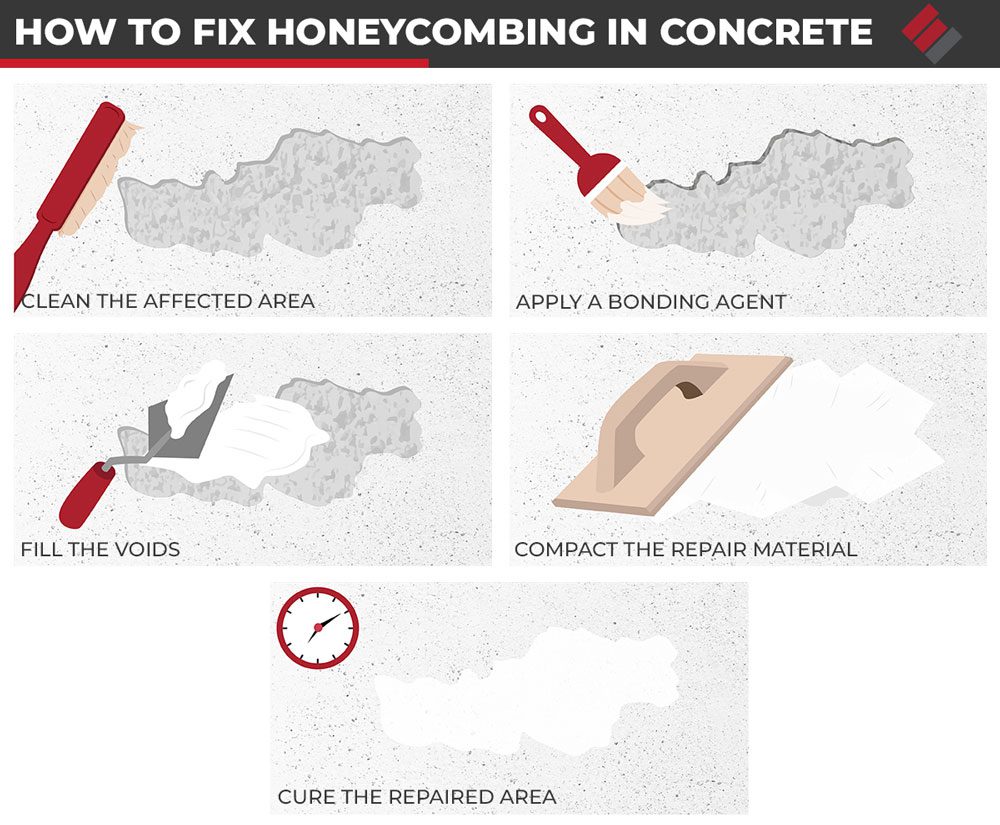
In some cases, especially when the affected area is a critical structural component like a supporting column, replacing the concrete is the best option to ensure the building’s structural soundness. An experienced concrete repair company can help make that determination.
Don’t wait until the damage worsens. Schedule an inspection and concrete repair quote today to address honeycombing and other concrete issues in your home. Our experts will help you maintain a solid, durable foundation for decades. We service Nebraska and parts of Iowa, Kansas, and Missouri.

